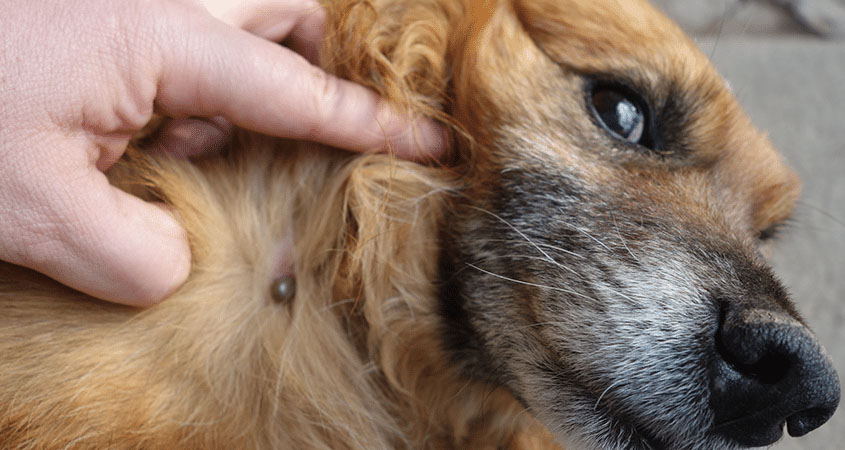So that they may continue their vexing behaviour in the coming spring, ticks hibernate over the cooler months of the year before emerging when the weather becomes warmer. However, there are certain ticks that remain active throughout the winter months. Dog owners, especially those who spend significant time outdoors with their canine companions, must accept the fact that ticks are an unavoidable part of life. Knowing what to look for in ticks is important since they may transmit a broad range of diseases that can be passed on to your dog.
How can I know if my dog has ticks and whether I should treat him?
When it comes to attaching themselves to your dog without your knowing, ticks, which are just a few millimeters long and have eight legs apiece, are smart and quite adept. Checking for fleas and ticks on your dog is easy if you follow these steps. The more frequently you go hiking or camping in densely forested areas, marshes, or other habitats, the more crucial it is that you keep an eye out for ticks. Insects may be hidden in your dog’s hair, so use your hands to check for lumps and bumps on his body. Check your dog’s ears, face, neck and legs, as well as the area between the toes for any signs of illness or injury. Food and/or a pat on the head might help if your dog isn’t having a good time during this process. For Identifying Dog Ticks you need the right choice.
Tick inspection: a step-by-step guide
In the event that your dog is infested with ticks in spring, the following steps should be taken:
- Locate a helper who can calmly hold your dog while you do the extraction.
- Ticks should be removed with tweezers, not your fingers, as close to the dog’s skin as possible. You’ll be able to grasp the tick’s head as well as its body this way.
- To remove the tick, proceed in a straight and steady manner. Don’t pull too hard.
- Using the tweezers, you may reclaim any larger pieces that slipped out of your grasp. You don’t need to search for the tiniest pieces; they’ll come to you.
Add a few drops of rubbing alcohol to a tiny plastic bag or jar in which the tick was removed. The tick will die as a result. Keeping the tick will help your veterinarian determine what the problem is if your dog shows symptoms of disease in the future.
- To clean your tweezers, use rubbing alcohol.
- Hands should be washed even if gloves have been worn.
- Your dog has been a good patient and deserves a treat for his or her bravery and willingness.
Additional tick removal blunders include:
You can’t get rid of ticks by flushing them down the toilet; instead, you’ll be flushing them into our drinking water source. The best way to get rid of a tick is to submerge it in rubbing alcohol.
To remove ticks from your body, tweezers are always the best option. By using your fingers to remove ticks, you risk infecting yourself and increasing the probability that a tick’s head will remain attached. Squeezing or otherwise trying to squish the tick with your fingers will also result in its demise.

